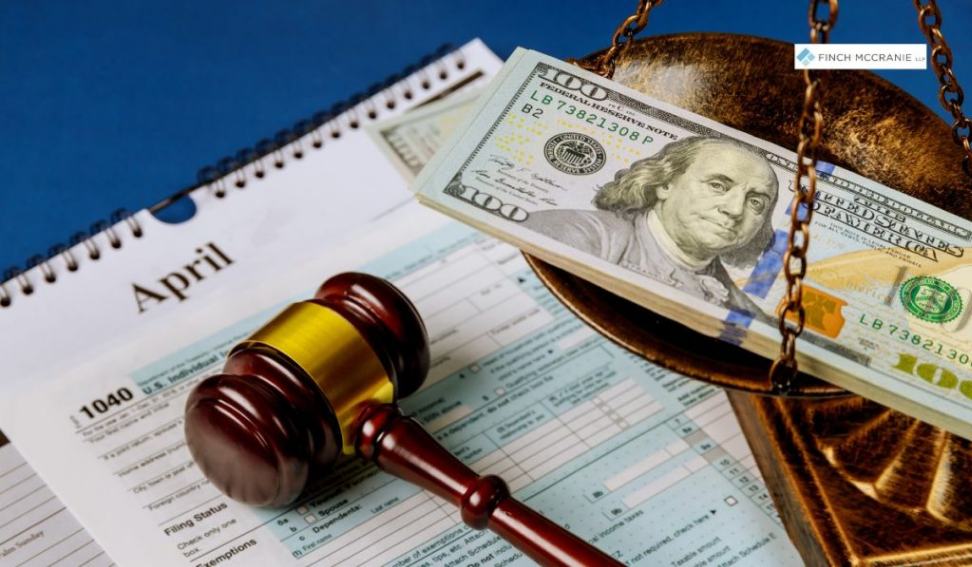Product liability cases involve legal disputes arising from damages or injuries caused by defective products.
These cases are crucial in holding manufacturers, distributors, and retailers accountable for ensuring the safety and efficacy of their products.
The complexities inherent in product liability cases pose significant challenges for law firms, requiring specialized strategies and expertise to navigate successfully.
This article delves into the everyday challenges encountered in product liability cases and explores the methods law firms employ to overcome them.
Understanding Product Liability
Definition and Scope
Product liability refers to the legal responsibility of manufacturers, wholesalers, or retailers to compensate for harm caused by defective or unsafe products.
The scope of product liability encompasses various types of defects, including design defects, manufacturing defects, and marketing defects (such as inadequate warnings or instructions).
Importance in Consumer Protection
Product liability law plays a critical role in consumer protection.
It ensures that companies are held accountable for the safety of their products.
It aims to deter manufacturers from cutting corners and encourages higher standards of product safety.
Key Legal Principles
- Strict Liability: Holds manufacturers accountable regardless of fault.
- Negligence: Requires proving that the manufacturer failed to exercise reasonable care.
- Breach of Warranty: Involves a breach of express or implied warranties regarding product safety and functionality.

Types of Defects
Design Defects
These defects occur when a product is inherently unsafe due to its design.
Proving a design defect often requires demonstrating that an alternative, safer design is feasible.
Additionally, it must be shown that the safer design would have prevented the injury without significantly impacting the product’s functionality or cost.
Courts often use the “risk-utility” test to weigh the risks posed by the design against its benefits.
Manufacturing Defects
Manufacturing defects arise when a product deviates from its intended design, making it unsafe. These cases typically focus on errors in the production process.
Evidence such as quality control records and inspection reports can be crucial in proving a manufacturing defect.
Plaintiffs must show that the defect existed at the time the product left the manufacturer’s control.
Marketing Defects
Also known as “failure to warn” defects, these involve inadequate instructions or warnings about a product’s potential risks.
Plaintiffs must show that the lack of proper warnings led to their injury.
This often requires demonstrating that the manufacturer knew or should have known the risks.
Additionally, plaintiffs need to prove that they would have heeded the warning if it had been provided, thereby avoiding the injury.
Common Challenges in Product Liability Cases
Proving Causation
One of the most significant challenges is proving that the defect caused the injury.
This requires a clear link between the defect and the plaintiff’s harm.
Gathering comprehensive medical records and expert testimony can help establish this causation.
Additionally, demonstrating a history of similar incidents involving the same product can strengthen the plaintiff’s case.
Statute of Limitations
Each jurisdiction has a specific time frame within which a product liability claim must be filed.
Identifying and adhering to these deadlines is crucial to prevent a case from being dismissed.
Missing the statute of limitations can result in losing the right to seek compensation.
Therefore, timely legal consultation is essential to ensure compliance with all filing requirements.
Complex Scientific and Technical Evidence
Product liability cases often involve complex scientific and technical issues, necessitating expert testimony to explain the defect and its impact on the plaintiff.
Expert witnesses can provide clarity on how the defect occurred and its potential risks.
Their analyses are crucial in making the case understandable to the judge and jury, who may need to gain specialized technical knowledge.
Class Action Suit Complications
Class action suits can be particularly challenging due to the need to demonstrate commonality among the plaintiffs’ claims and manage a large number of claimants.
Law firms handling such cases must efficiently coordinate communication and legal strategies among diverse plaintiffs while adequately addressing common issues.
Additionally, navigating class certification requirements and potential opt-out provisions adds another layer of complexity to these cases.
Jurisdictional Issues
Determining the appropriate jurisdiction for filing a product liability case can be complicated, especially in cases involving products sold in multiple states or countries.
Defense Tactics by Manufacturers
Manufacturers often employ aggressive defense strategies, including disputing the existence of a defect, causation, or the extent of the plaintiff’s injuries.
They may also attempt to shift blame onto other parties or argue that the plaintiff misused the product.
Law firms must anticipate and effectively counter these tactics through thorough preparation and persuasive argumentation bolstered by solid evidence and expert testimony.
How Law Firms Overcome These Challenges
Gathering and Preserving Evidence
Law firms employ thorough investigative techniques to gather and preserve evidence, including obtaining product samples, maintenance records, and eyewitness accounts.
Utilizing Expert Witnesses
Expert witnesses play a crucial role in product liability cases. They provide specialized knowledge to explain complex issues related to the defect and its consequences.
Navigating Statutes of Limitations
Law firms meticulously track and adhere to filing deadlines, often employing legal tools to extend these deadlines when necessary.
Managing Class Action Suits
Experienced law firms efficiently manage class action suits by organizing plaintiffs, ensuring effective communication, and demonstrating commonality among claims.
Choosing the Right Jurisdiction
Strategic selection of the appropriate jurisdiction can significantly impact the outcome of a case.
Law firms analyze various factors to determine the most favorable venue for filing the lawsuit.
Countering Defense Tactics
Law firms anticipate and counter manufacturers’ defense tactics through thorough preparation, strategic evidence presentation, and robust argumentation.
Expert Insights
Legal Experts’ Views
Quotes and advice from leading legal experts in the field of product liability, offering perspectives on emerging trends and effective litigation strategies.
Future Trends in Product Liability Law

Exploring how evolving technologies and regulatory changes may impact future product liability cases and litigation practices.
Conclusion
Product liability cases are inherently complex, requiring specialized knowledge and strategic approaches to navigate successfully.
Law firms play a crucial role in overcoming the myriad challenges these cases present, ensuring that victims receive the compensation they deserve and holding manufacturers accountable for product safety.
As product liability law continues to evolve, staying informed about the latest trends and legal strategies will be essential for both legal professionals and consumers.
FAQs
What is a product liability case?
A product liability case involves legal disputes arising from damages or injuries caused by defective products. These cases aim to hold manufacturers, distributors, and retailers accountable for ensuring the safety of their products.
What are the common types of defects in product liability cases?
The common types of defects include design defects, manufacturing defects, and marketing defects (such as inadequate warnings or instructions).
What legal principles are involved in product liability cases?
Fundamental legal principles include:
- Strict liability, which holds manufacturers accountable regardless of fault.
- Negligence, which requires proving that the manufacturer failed to exercise reasonable care.
- Breach of warranty, which involves a breach of express or implied warranties regarding product safety and functionality.
How can causation be proven in a product liability case?
Proving causation requires establishing a clear link between the product defect and the injury suffered by the plaintiff. This often involves gathering evidence, such as product samples and expert testimony.
What challenges do law firms face in product liability cases?
Common challenges include:
- Proving causation.
- Adhering to statutes of limitations.
- Handling complex scientific and technical evidence.
- Managing class action suits.
- Determining the appropriate jurisdiction.
- Countering aggressive defense tactics by manufacturers.
What is the statute of limitations for filing a product liability claim?
The statute of limitations varies by jurisdiction and specifies the time frame within which a product liability claim must be filed. It is crucial to identify and adhere to these deadlines to avoid case dismissal.
How do expert witnesses contribute to product liability cases?
Expert witnesses provide specialized knowledge to explain complex scientific and technical issues related to the product defect and its impact, helping to establish causation and support the plaintiff’s claims.
What strategies do law firms use to manage class action suits in product liability cases?
Law firms manage class action suits by organizing plaintiffs, ensuring effective communication, demonstrating commonality among claims, and efficiently handling the large number of claimants.
How do law firms choose the proper jurisdiction for filing a product liability lawsuit?
Law firms analyze various factors, such as where the product was sold, where the injury occurred, and which jurisdiction’s laws are most favorable, to strategically select the appropriate venue for filing the lawsuit.
What defense tactics do manufacturers commonly use in product liability cases, and how do law firms counter them?
Manufacturers often dispute the existence of a defect, causation, or the extent of the plaintiff’s injuries. Law firms counter these tactics through thorough preparation, strategic evidence presentation, and robust argumentation to undermine the defense’s claims.
 Trial Attorney Blog
Trial Attorney Blog

